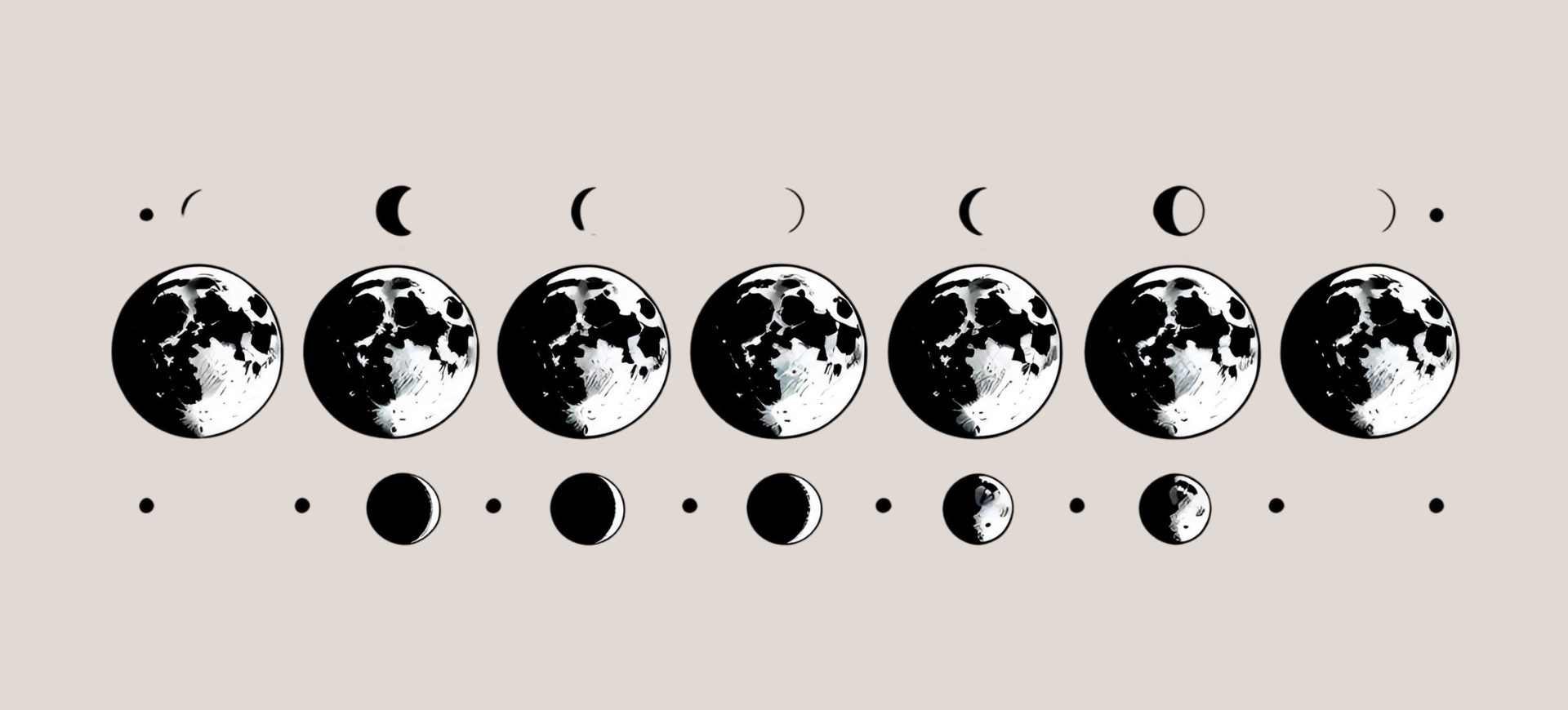The Lunar Cycle and Its Influence on Viticulture: Nature and Vine in Harmony
Since ancient times, humanity has looked to the moon to guide agricultural activities. Lunar cycles, visible to the naked eye and consistent over time, have served as a natural calendar for planting, pruning, and harvesting in cultures around the world. Viticulture is no exception: many wineries, especially those practicing organic or biodynamic farming, consider the moon a key ally in vineyard management.
The central idea is simple yet powerful: the moon, by influencing tides and terrestrial fluids, also affects the water in the soil, the sap in plants, and even microbial activity. Although this influence may not always be quantifiable in strict scientific terms, it is observed empirically in vineyards, where agricultural tasks can often be optimized when aligned with certain lunar phases.
The Moon’s Phases and Their Effects on the Vine
The full lunar cycle lasts approximately 29.5 days and is divided into four main phases: new moon, first quarter, full moon, and last quarter. Each phase is associated with a different type of biological activity in plants, including grapevines.
🌑 New Moon
During the new moon, sap tends to concentrate in the roots. This is a suitable time for tasks involving contact with the soil, such as planting new vines, grafting, or soil tilling. It is also considered a favorable phase for structural pruning, as the plant is in a state of relative dormancy.
🌓 First Quarter (Waxing Moon)
As the moon waxes, the sap begins to rise toward the aerial parts of the plant. This phase is associated with vegetative growth. Tasks like tying the vines, green pruning, or applying foliar treatments often show better results during these days, as the plant is more vigorous and absorptive.
🌕 Full Moon
In this phase, the plant reaches its peak activity. Growth accelerates, and the sap is fully concentrated in the leaves and fruit. While it may seem like a good time to harvest, some winegrowers prefer to avoid it, as the high water content in the grapes could negatively affect sugar and aroma concentration. Still, it is an excellent moment to observe the vineyard and make key decisions about its development.
🌗 Last Quarter (Waning Moon)
During the waning moon, the plant’s energy begins to descend back toward the roots. This phase is ideal for tasks that aim for stability and concentration, such as harvesting, racking, or even bottling. Some believe that wines bottled during a waning moon age better over time.

Beyond the Phases: Fruit, Flower, Leaf, and Root Days
Biodynamic agriculture, developed by Rudolf Steiner in the early 20th century, introduces a more detailed approach to the lunar calendar, dividing days into four types based on the dominant cosmic element:
-
-
Fruit days: optimal for harvesting, racking, and tasting red wines.
-
Flower days: ideal for working with white or sparkling wines.
-
Leaf days: associated with vegetative growth; suitable for canopy management.
-
Root days: favor underground work such as winter pruning or soil tillage.
-
This approach aims to synchronize the viticulturist’s work with natural energies, treating the vineyard as a living organism in balance with its surroundings.
Science or Tradition?
The debate over whether the moon truly influences grapevine growth continues. While many of these beliefs are not conclusively supported by science, there are studies that suggest variations in sap pressure or microbial activity in the soil depending on the lunar cycle. Beyond scientific validation, those who follow these practices often value their qualitative impact: a stronger connection to the land, respect for natural rhythms, and a philosophy of more mindful agriculture.
Conclusion
Integrating the lunar cycle into viticulture is not a passing trend, but a revival of ancient wisdom that seeks to harmonize vineyard work with the natural rhythm of the earth. Observing the moon is, in many ways, observing life itself. And when this observation translates into more intuitive and respectful decisions in the vineyard, the benefits are reflected not only in vine health but also in the quality of the wine poured into the glass.
To learn more about the world of wine, the Rioja DOCa, and our winery, don’t hesitate to visit our blog every Thursday and follow us on social media: @ziniobodegas.